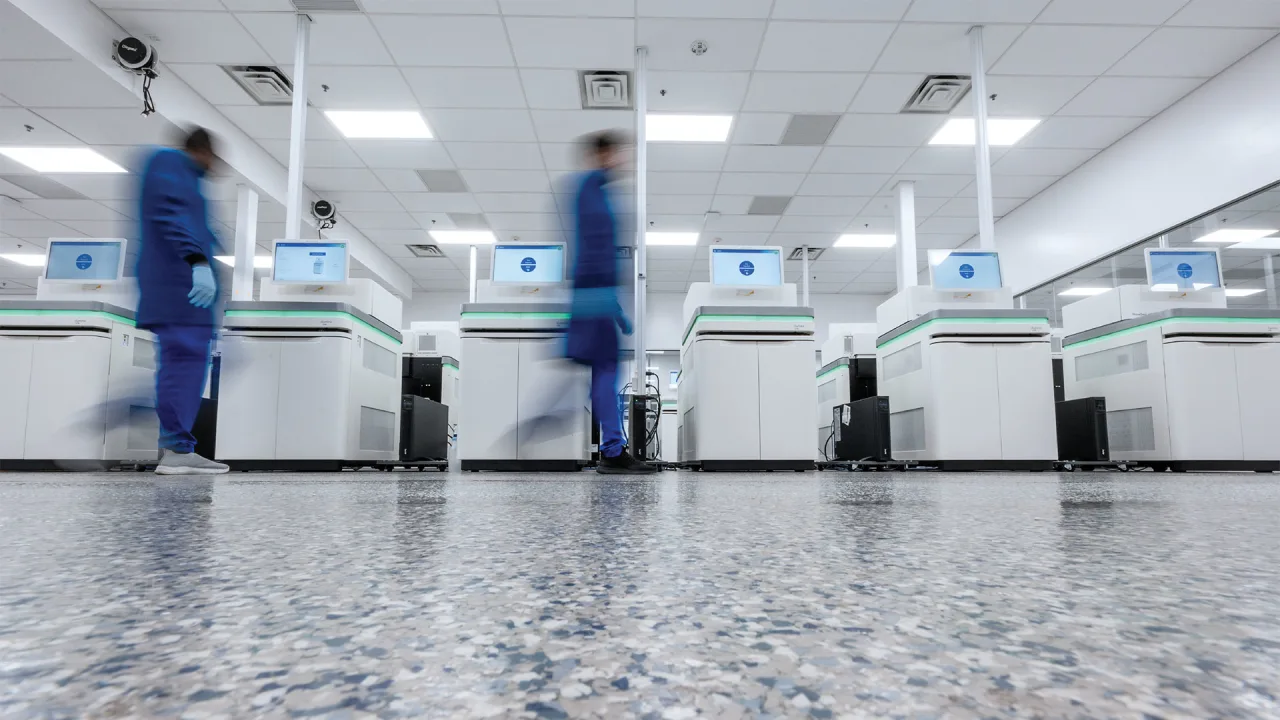These are the top 10 emerging technologies of 2025, according to the World Economic Forum
Breakthroughs happen all the time in the tech world, but only a select few manage to make a lasting impact. Predicting which innovations will shape the future is always a challenge. On Tuesday, the World Economic Forum (WEF) released its list of the top 10 emerging technologies of 2025, highlighting those expected to influence global challenges within the next three to five years. The list, compiled with the help of Frontiers Media, a publisher of peer-reviewed scientific journals, avoids naming specific companies. Instead, the WEF focuses on concepts that are both novel and nearing maturity, with the potential to deliver meaningful benefits to society. Here’s what the WEF sees as being on the path to a breakthrough in 2025. Advanced nuclear tech Demand for nuclear energy is on the rise, with the Trump administration pledging to fast-track permits for nuclear projects. The WEF predicts that smaller nuclear designs and alternative cooling systems will offer safer, cleaner energy at a lower cost. These reactors, it says, “could play a key role in building reliable, zero-carbon power systems.” Structural battery composites The weight of batteries has been a pain point for things like cars and planes, impacting their efficiency. New materials that store energy and support weight can make these vehicles lighter, improving both their performance and their environmental impact. Collaborative sensing Speaking of vehicles, networking connected sensors can let vehicles share information in real time with each other, as well as with cities and emergency services. In the case of an incident, this can reduce traffic, increase response times, and improve safety, the WEF says. Generative watermarking As artificial intelligence becomes even more widespread, distinguishing original content from AI-generated material will be critical. Generative watermarking adds an invisible tag to AI content, helping combat misinformation and build consumer trust. Green nitrogen Producing fertilizer today requires fossil fuels, which leads to pollution and carbon emissions. Green nitrogen, which relies on electricity instead, could offer “a more sustainable way to grow food,” the WEF says. GLP-1 drugs for neurodegenerative diseases GLP-1 drugs are currently used to treat obesity and diabetes. The WEF notes they are also showing promise in treating other diseases, such as Alzheimer’s and Parkinson’s. Autonomous biochemical sensing Smart sensors capable of continuously monitoring environmental changes or human health without wires could unlock numerous possibilities. The medical field may use them for early disease detection, while scientists can apply them to track pollution and atmospheric trends. Nanozymes Naturally occurring enzymes help clean pollution and are used in medical diagnostics. Lab-made versions, called nanozymes, are stronger and cheaper, which could expand their use in a variety of applications. Engineered living therapeutics Long-term medical care is expensive and often inconsistent in its results. Scientists, according to the WEF, are developing therapies that use beneficial bacteria to deliver treatments from within the body. This approach could lower costs and improve success rates. Osmotic power systems This renewable energy source, which uses the pressure difference that occurs when freshwater and saltwater mix, produces a cleaner form of electricity. That can be especially helpful in coastal areas where special care must be taken to protect both the environment and wildlife.
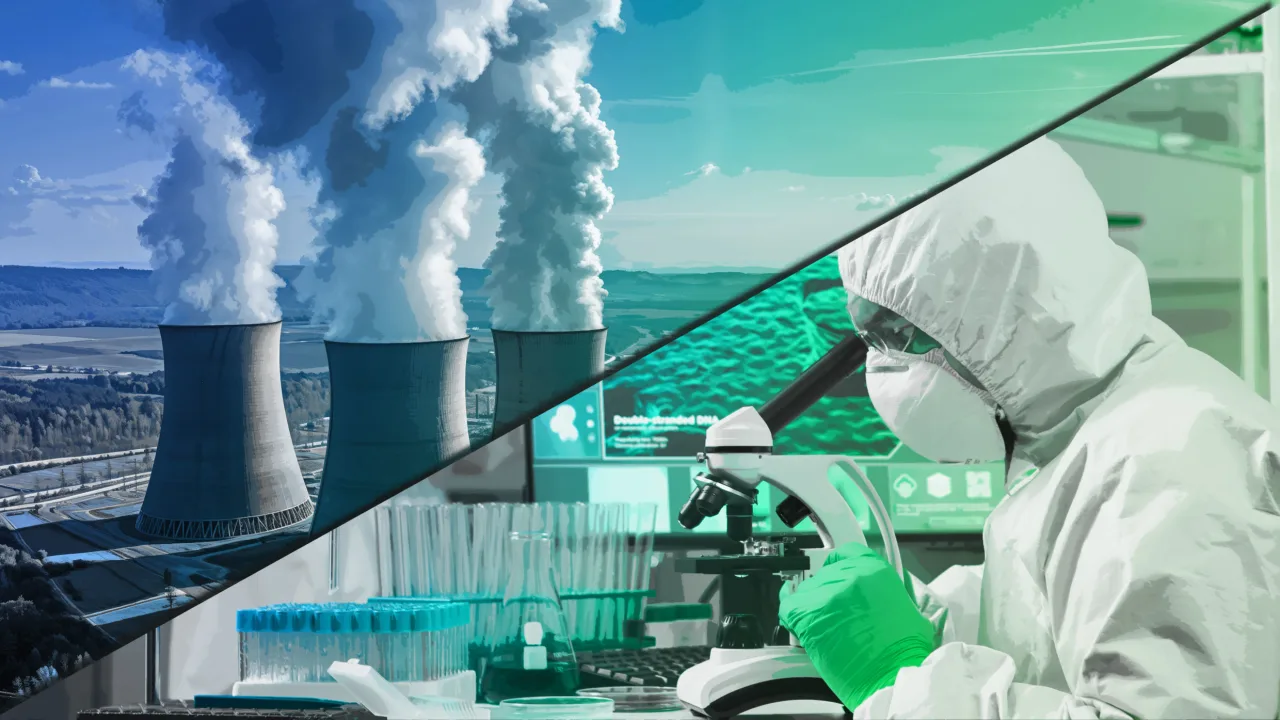
Breakthroughs happen all the time in the tech world, but only a select few manage to make a lasting impact.
Predicting which innovations will shape the future is always a challenge. On Tuesday, the World Economic Forum (WEF) released its list of the top 10 emerging technologies of 2025, highlighting those expected to influence global challenges within the next three to five years.
The list, compiled with the help of Frontiers Media, a publisher of peer-reviewed scientific journals, avoids naming specific companies. Instead, the WEF focuses on concepts that are both novel and nearing maturity, with the potential to deliver meaningful benefits to society.
Here’s what the WEF sees as being on the path to a breakthrough in 2025.
Advanced nuclear tech
Demand for nuclear energy is on the rise, with the Trump administration pledging to fast-track permits for nuclear projects. The WEF predicts that smaller nuclear designs and alternative cooling systems will offer safer, cleaner energy at a lower cost. These reactors, it says, “could play a key role in building reliable, zero-carbon power systems.”
Structural battery composites
The weight of batteries has been a pain point for things like cars and planes, impacting their efficiency. New materials that store energy and support weight can make these vehicles lighter, improving both their performance and their environmental impact.
Collaborative sensing
Speaking of vehicles, networking connected sensors can let vehicles share information in real time with each other, as well as with cities and emergency services. In the case of an incident, this can reduce traffic, increase response times, and improve safety, the WEF says.
Generative watermarking
As artificial intelligence becomes even more widespread, distinguishing original content from AI-generated material will be critical. Generative watermarking adds an invisible tag to AI content, helping combat misinformation and build consumer trust.
Green nitrogen
Producing fertilizer today requires fossil fuels, which leads to pollution and carbon emissions. Green nitrogen, which relies on electricity instead, could offer “a more sustainable way to grow food,” the WEF says.
GLP-1 drugs for neurodegenerative diseases
GLP-1 drugs are currently used to treat obesity and diabetes. The WEF notes they are also showing promise in treating other diseases, such as Alzheimer’s and Parkinson’s.
Autonomous biochemical sensing
Smart sensors capable of continuously monitoring environmental changes or human health without wires could unlock numerous possibilities. The medical field may use them for early disease detection, while scientists can apply them to track pollution and atmospheric trends.
Nanozymes
Naturally occurring enzymes help clean pollution and are used in medical diagnostics. Lab-made versions, called nanozymes, are stronger and cheaper, which could expand their use in a variety of applications.
Engineered living therapeutics
Long-term medical care is expensive and often inconsistent in its results. Scientists, according to the WEF, are developing therapies that use beneficial bacteria to deliver treatments from within the body. This approach could lower costs and improve success rates.
Osmotic power systems
This renewable energy source, which uses the pressure difference that occurs when freshwater and saltwater mix, produces a cleaner form of electricity. That can be especially helpful in coastal areas where special care must be taken to protect both the environment and wildlife.





































































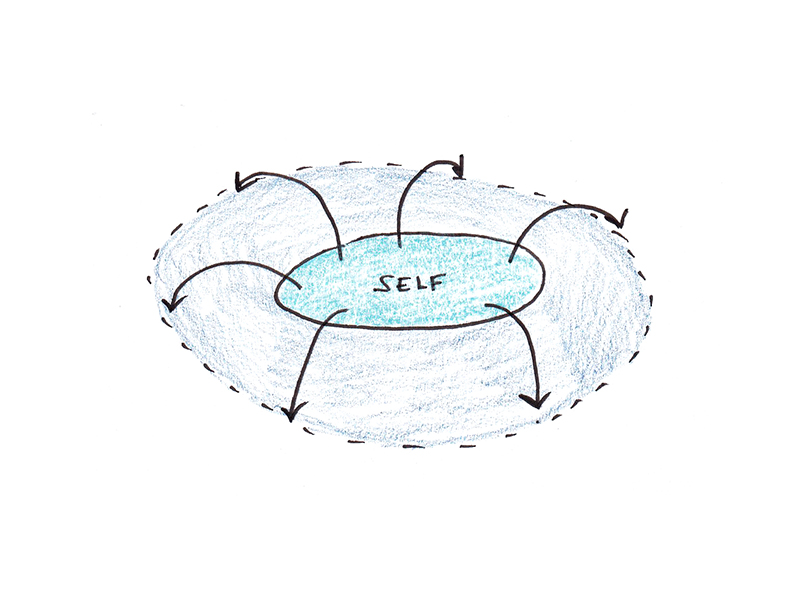
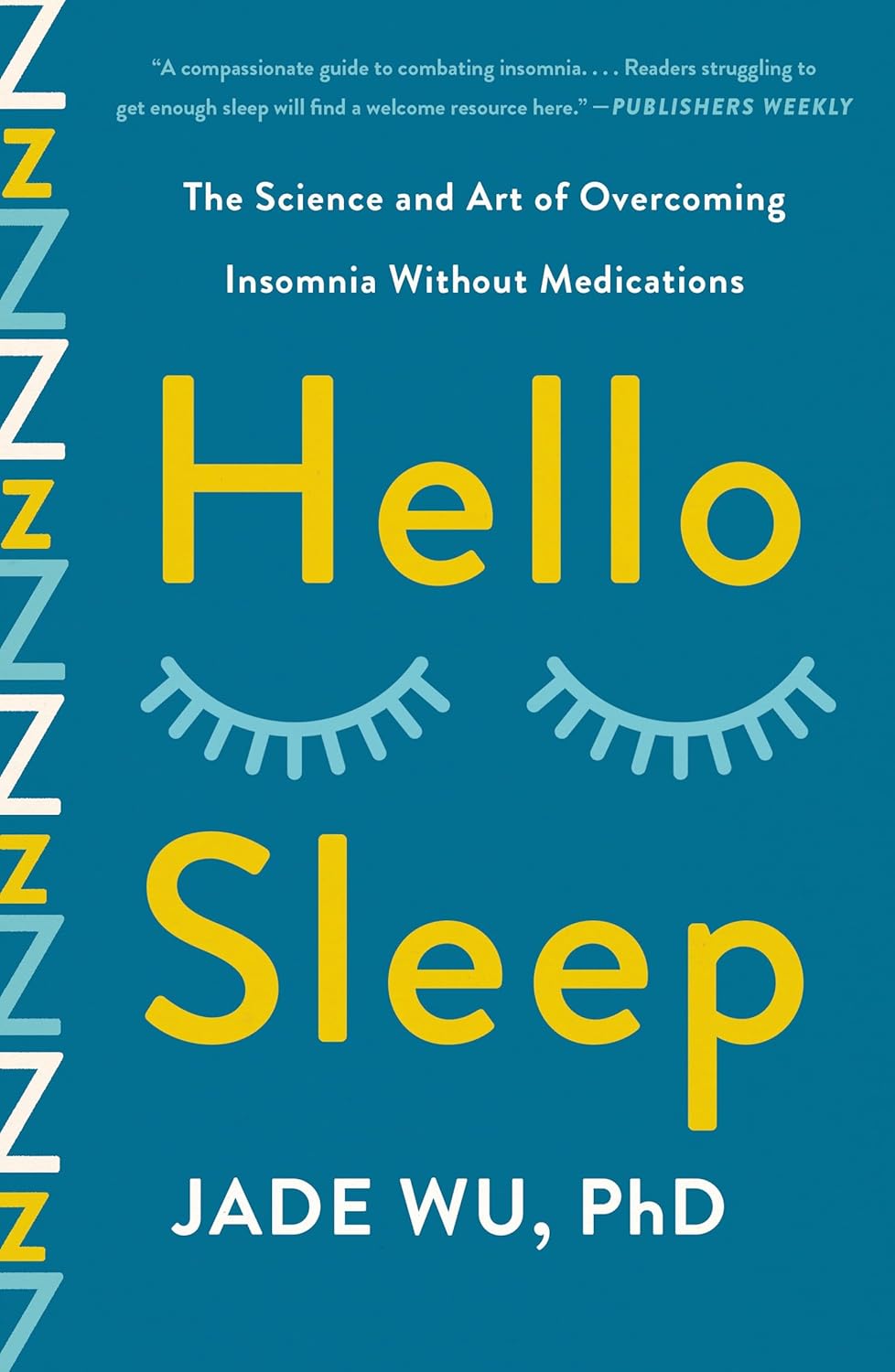
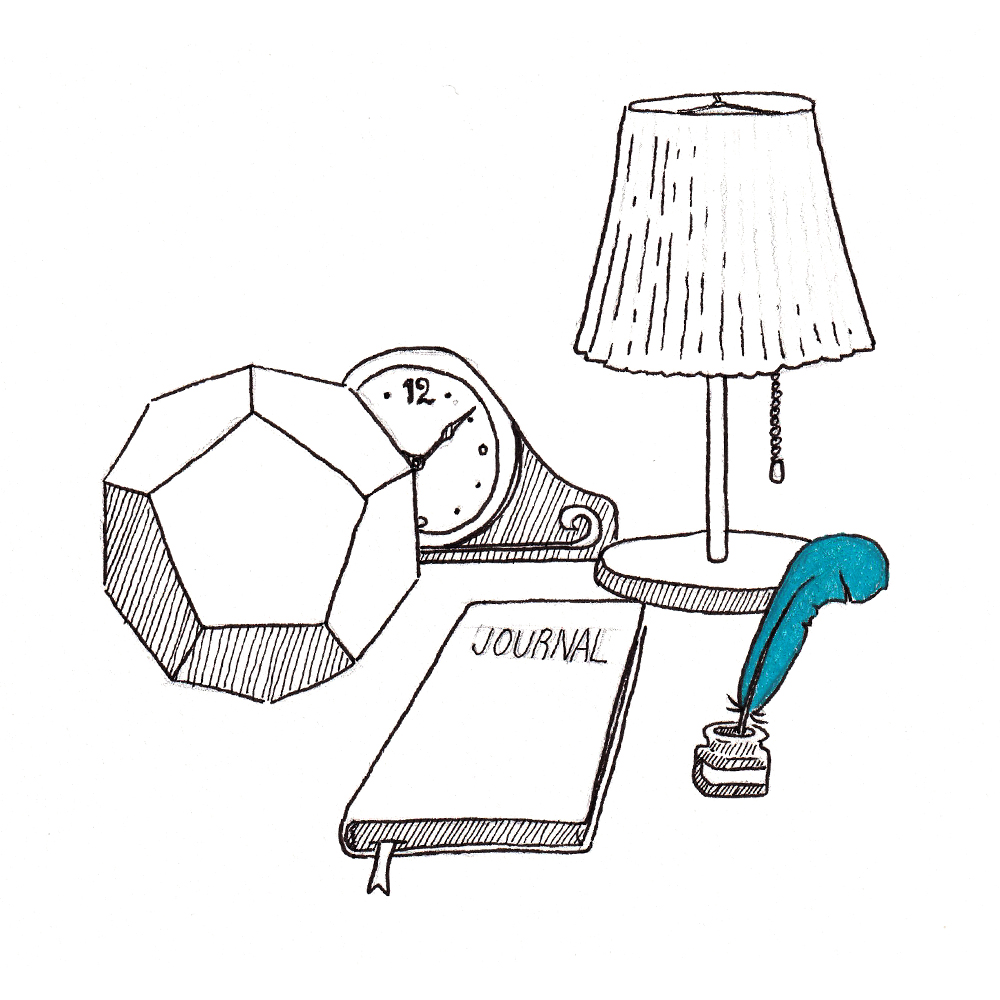



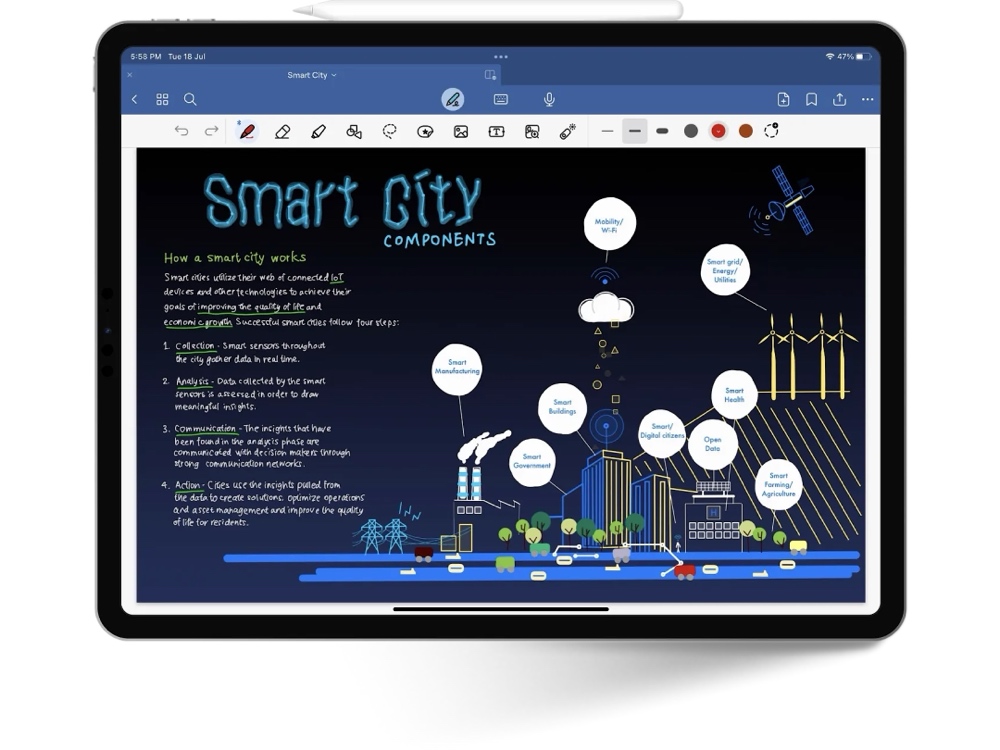






























![Building A Digital PR Strategy: 10 Essential Steps for Beginners [With Examples]](https://buzzsumo.com/wp-content/uploads/2023/09/Building-A-Digital-PR-Strategy-10-Essential-Steps-for-Beginners-With-Examples-bblog-masthead.jpg)


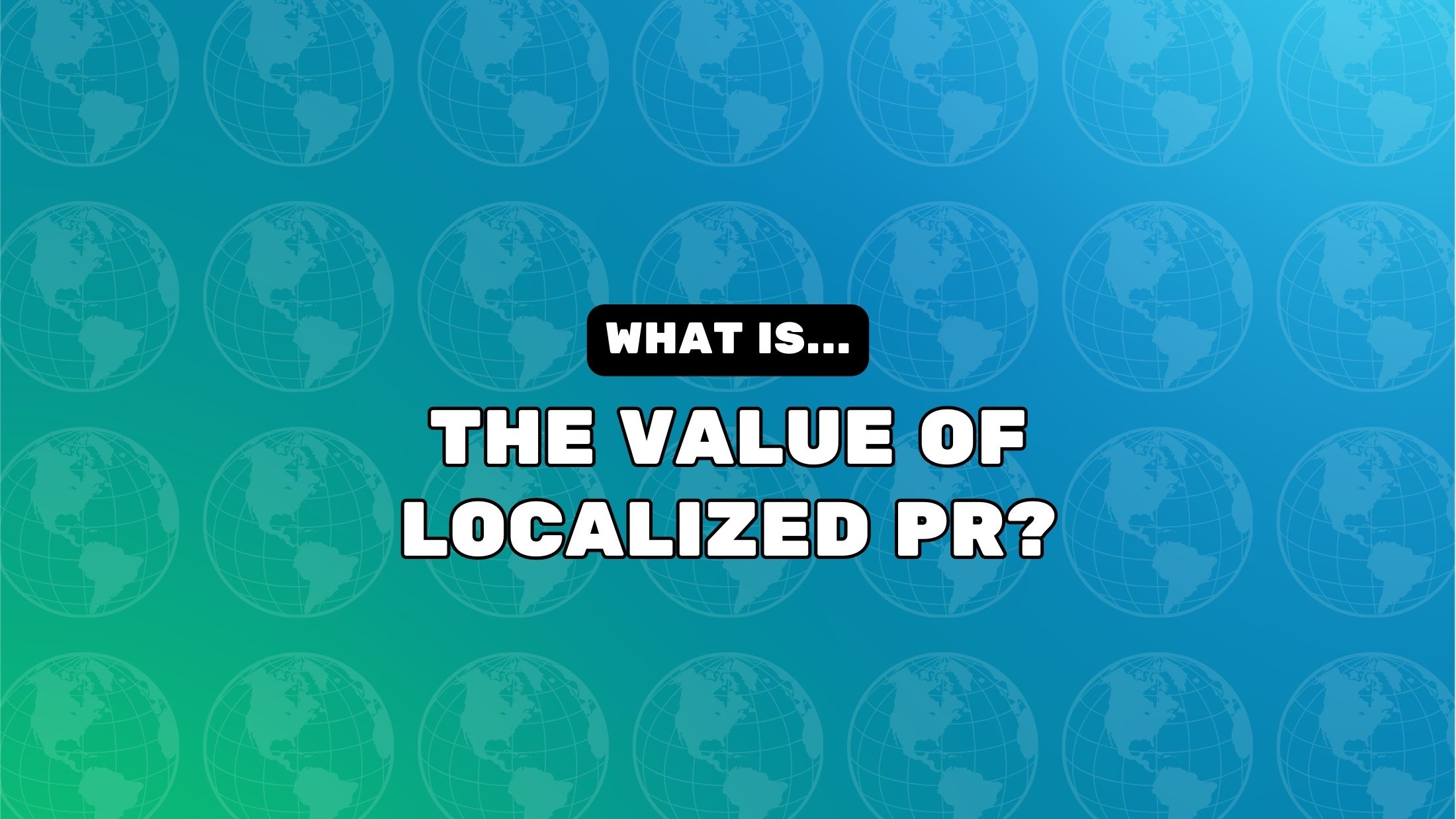


























![Senior Support Engineer - US West [IC3] at Sourcegraph](
https://nodesk.co/remote-companies/assets/logos/sourcegraph.f91af2c37bfa65f4a3a16b8d500367636e2a0fa3f05dcdeb13bf95cf6de09046.png
)
















